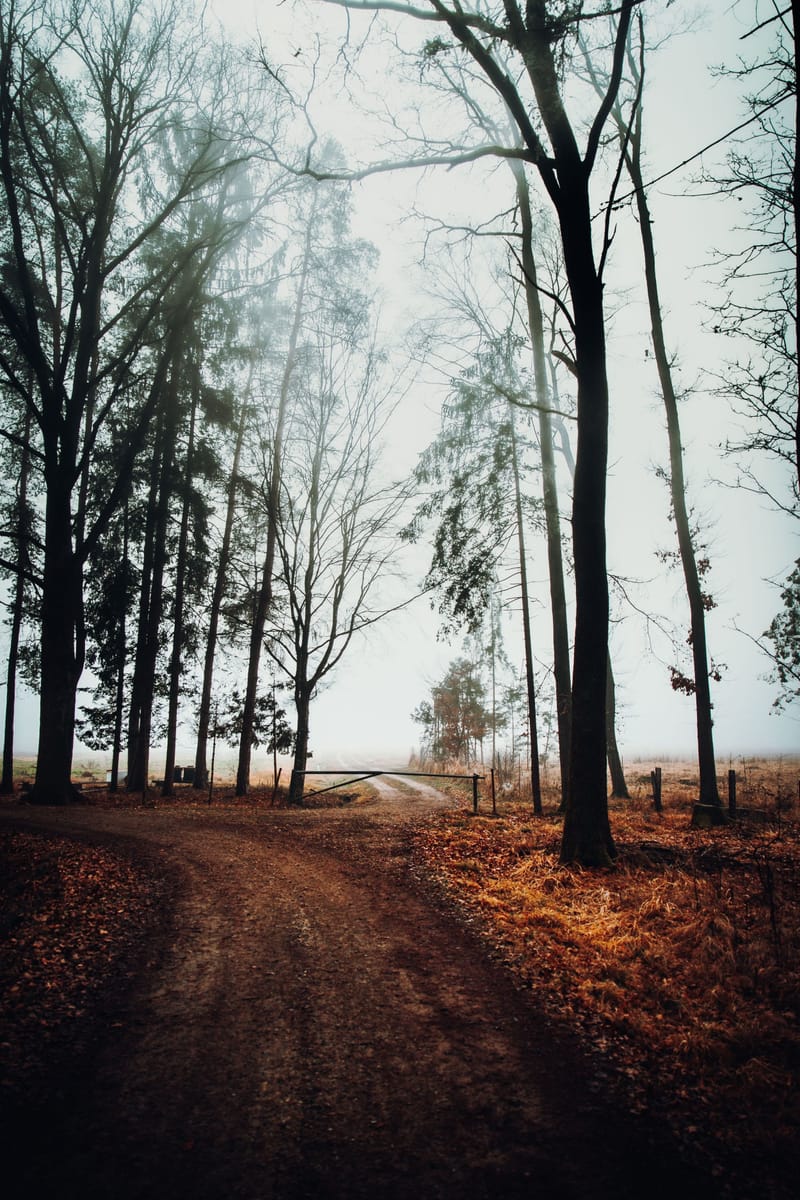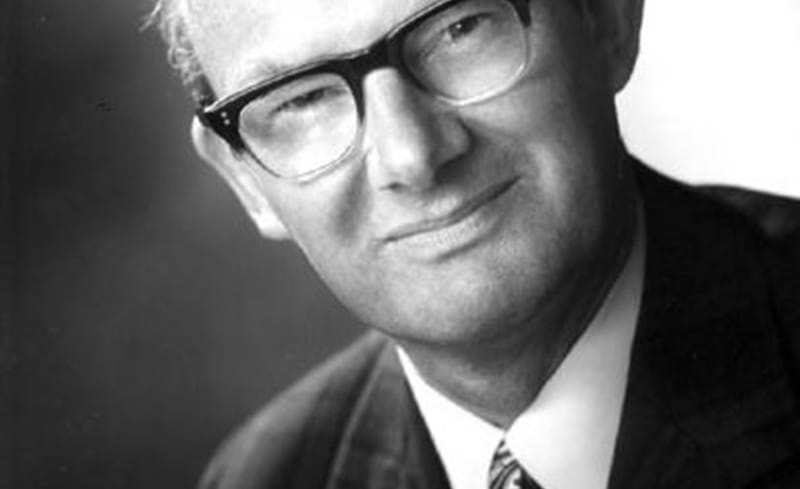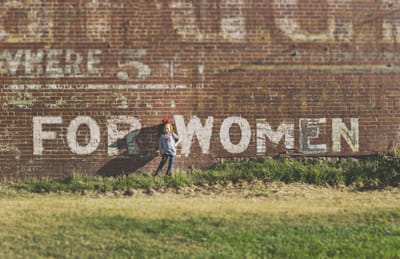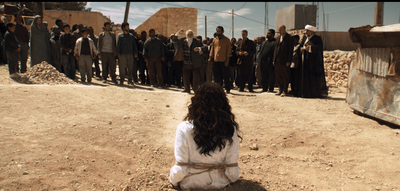For credibility to any movements, be it Christianity, Islam, Buddhism and others, we need to first examine the life of the founder and see if it matches well with his teachings. Now, the Mormons do claim that they believe in God and in Jesus but we have to ask, “What kind of God and what kind of Jesus?”
Read MoreWelcome to Vebu's Blog
In this Blog, you will find Meditations on the Bible, Religious issues, Spiritual Reflections, Stories, etc.
One Life to Live, Live for Christ
Meditations
1 Thess. 5:16-18 Rejoice always, pray without ceasing, give thanks in all circumstances; for this is the will of God in Christ Jesus for you. Rejoice always, how do we do that?
Read MoreThings to be Followed: *Confession of sins before water baptism (1:5). *Baptism in the Holy Spirit (1:8). *Pray and be alone (1:35; 6:46; 9:2) *Casting out demons (1:26, 27, 34, 39; 3:14, 15; 6:7, 13 )
Read MoreO that God would give us a pure heart! Yes, a pure heart. The ultimate cry of a true believers’ heart is a pure soul. The ability to truly rejoice with the success of our friends and seek them greater good.
Read MoreLately, how is your devotion to Christ? Are you craving for attention? Are you seeking the approval of men rather than of God? Have you seen your own bitterness and incompetency of running your life on your own? You know your heart! You desire something but you do not get it.
Read MoreWhoever believes in the Son has eternal life, but whoever rejects the Son will not see life, for God’s wrath remains on them. (John 3:36).
Read More13 But rejoice inasmuch as you participate in the sufferings of Christ, so that you may be overjoyed when his glory is revealed.
Read More12 Dear friends, do not be surprised at the fiery ordeal that has come on you to test you, as though something strange were happening to you.
Read MoreHere are just 3 Quick Reasons we must CONTINUE TO pray:
Read MoreThe latest pandemic disease Coronavirus is making headlines all over the globe. According to CNN, “Scientists have identified two possible root causes of Coronavirus: the consumption of wildlife such as bats in Wuhan and the potential leak of the virus at a well-protected center.Both Hong Kong and China have declared a state of emergency over the Coronavirus outbreak as confirmed cases of the virus officially reached 2,800 as of Jan 27.”
Read More10 Each of you should use whatever gift you have received to serve others, as faithful stewards of God’s grace in its various forms. 11 If anyone speaks, they should do so as one who speaks the very words of God. If anyone serves, they should do so with the strength God provides, so that in all things God may be praised through Jesus Christ. To him be the glory and the power for ever and ever. Amen.
Read More9 Offer hospitality to one another without grumbling.
Read More7 The end of all things is near. Therefore be alert and of sober mind so that you may pray.
Read MoreAbout


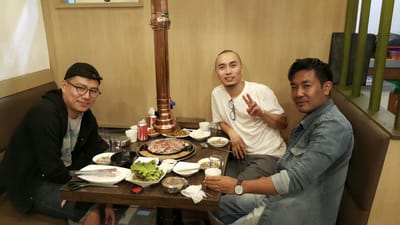
Vebu Khamo was born in 1992, January 14. Growing up as a lad, his father had a deep impact on him to serve Christ. Life took a u-turn at the age of 14. He suffered much as he was wrongly diagnosed of tuberculosis. Due to wrong medications, the right side of his body suffered paralysis. In the hospital room, God spoke to his father in a dream to take him to Church in Kohima (Christian Revival Mission Church). Through prayers and anointing of the pastor (Late. Rev. Krutsolie Yashu) and other believers, he was able to walk again.
He had a significant spiritual awakening in his teenage years. Slowly and gradually, he began to understand the truth of God's word. He attended a Bible School in the year 2009 at Spirit of Faith Church, Dimapur, Nagaland where God's word was made more clear to him. He got baptized at the hands of Pastor John Roughton.
From then on, he started evangelizing, preaching, writing and sharing the truth of God's word. He felt a need for more theological training to serve God better so he moved to the city of Bangalore in the year 2011. He completed his Bachelor of Theology at New Life College in 2014. He returned home to serve in the Church and conjointly finished his Master of Divinity at Kohima Bible College. He finished his Master of Theology at Seoul Christian University, Seoul, South Korea in August 2018.
I Write Because I might Die Tomorrow
Only What's Done for Christ will Last
Remember, the power to see, hear, touch, taste and smell are amazing gifts bestowed by the Giver.
Contact
- Korea, Republic of
Stories & Illustrations
Articles
Seneca was a Roman Stoic philosopher, a statesman, a dramatist and—a prolific writer---- He was a tutor of the Emperor Nero in the first five years of his reign. In his book On the Shortness of Life, he offers us five principles to live by.
Read MoreJohn Hick is one of the most influential philosopher and theologian of the 20th century. Unlike many other contemporaries, Hick was not satisfied with the simple-given answers to the theological theodicies that has been handed down through the ages. And therefore, Hick sought to find alternative ways to explain the question of theodicy.
Read MoreHebrews 12:14 says that “without holiness, no one will see the Lord.” 1 Peter 1:15, 16 also say, “But just as he who called you is holy, so be holy in all you do; for it is written (taken from Leviticus 11:44, 45; 19:2): “Be holy, because I am holy.”
Read Morepersonal diary/sort of
Bible Issues
Mark 16 speaks of the signs that will accompany believers: "they will pick up snakes with their hands and when they drink deadly poison, it will not hurt them at all." Now, the text doesn't validate the Christians to start handling snakes or drink deadly poison to showcase our trust in God. We are not commanded to drink poison or pick up snakes with our hand (literally) (Acts 28:3-6, Example of Paul was purely unintentional), to show that we have strong faith in God.
Read MoreCreation Order by God: Woman was created to help/assist/complement man. Three basic complementarian view states that: - Only men should hold church leadership positions. The women can serve as leaders over women’ Bible study group, teens or Children’s ministry but not the main Church leadership role. - They hold to a patriarchal view of the family, with the father as the head over the family and not otherwise. - They view that a man should love his wife as Christ loved the church, and a woman should submit to her husband as the church submits to Christ. (christianity.com)
Read MoreIn Matthew 15:22, the writer simply describes her as “a Canaanite woman” but in Mark 7:26, the evangelist describes her as “a Greek, born in Syrian Phoenicia.”
Read MoreDuring one of Jesus’ ministry to Tyre and Sidon, a Canaanite woman came to Jesus begging for healing for her demon-possessed daughter. But the response of Jesus in this case was cold and unkind (for many modern readers). Let’s see the response of Jesus closely;
Read MoreStoning of Women in the Old Testament Scriptures One of my childhood friend was posting a picture about the commandment of stoning a women in the Old Testament if they were found guilty of fornication in Deuteronomy 22:13-21. He was seeking for clarification so I texted him back this note:
Read More









